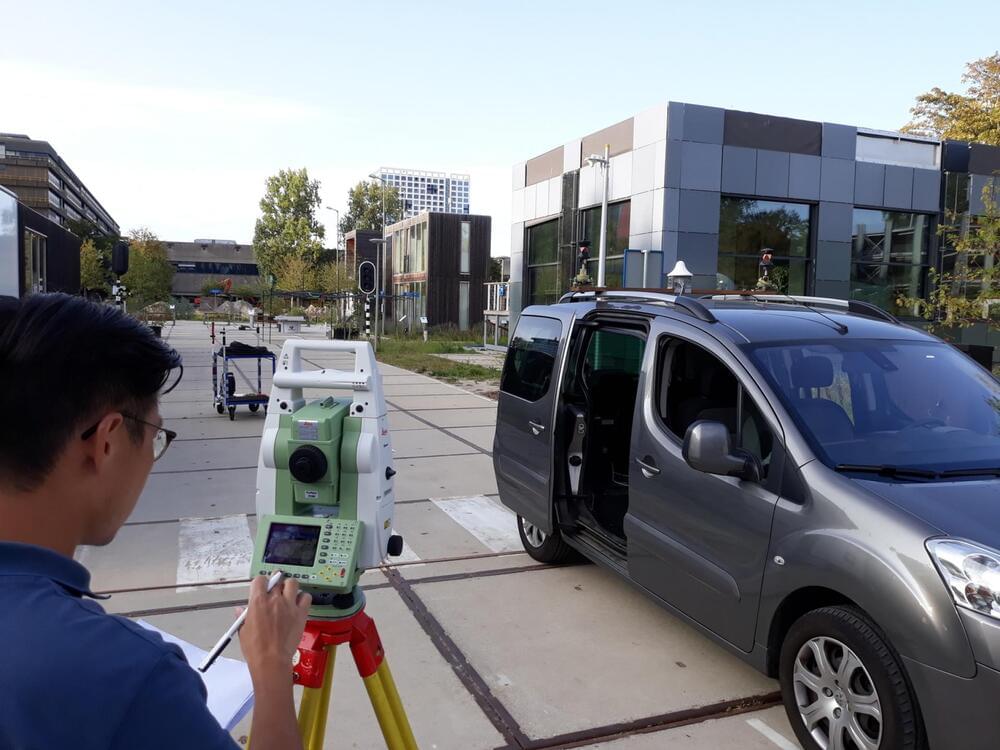Webb’s NIRCam instrument recently captured this detailed image of the cloudy region around a very young protostar called L1527. Only about 100,000 years old, L1527 isn’t a star yet: it hasn’t fully pulled itself into a proper, stable sphere, and it hasn’t piled on enough mass to kickstart nuclear fusion and start pumping out its own energy. It’s more like “a small, hot, and puffy clump of gas, somewhere between 20 percent and 40 percent the mass of our Sun,” according to the European Space Agency.
But as the latest Webb photos reveal, the young protostar is making an ambitious start.







